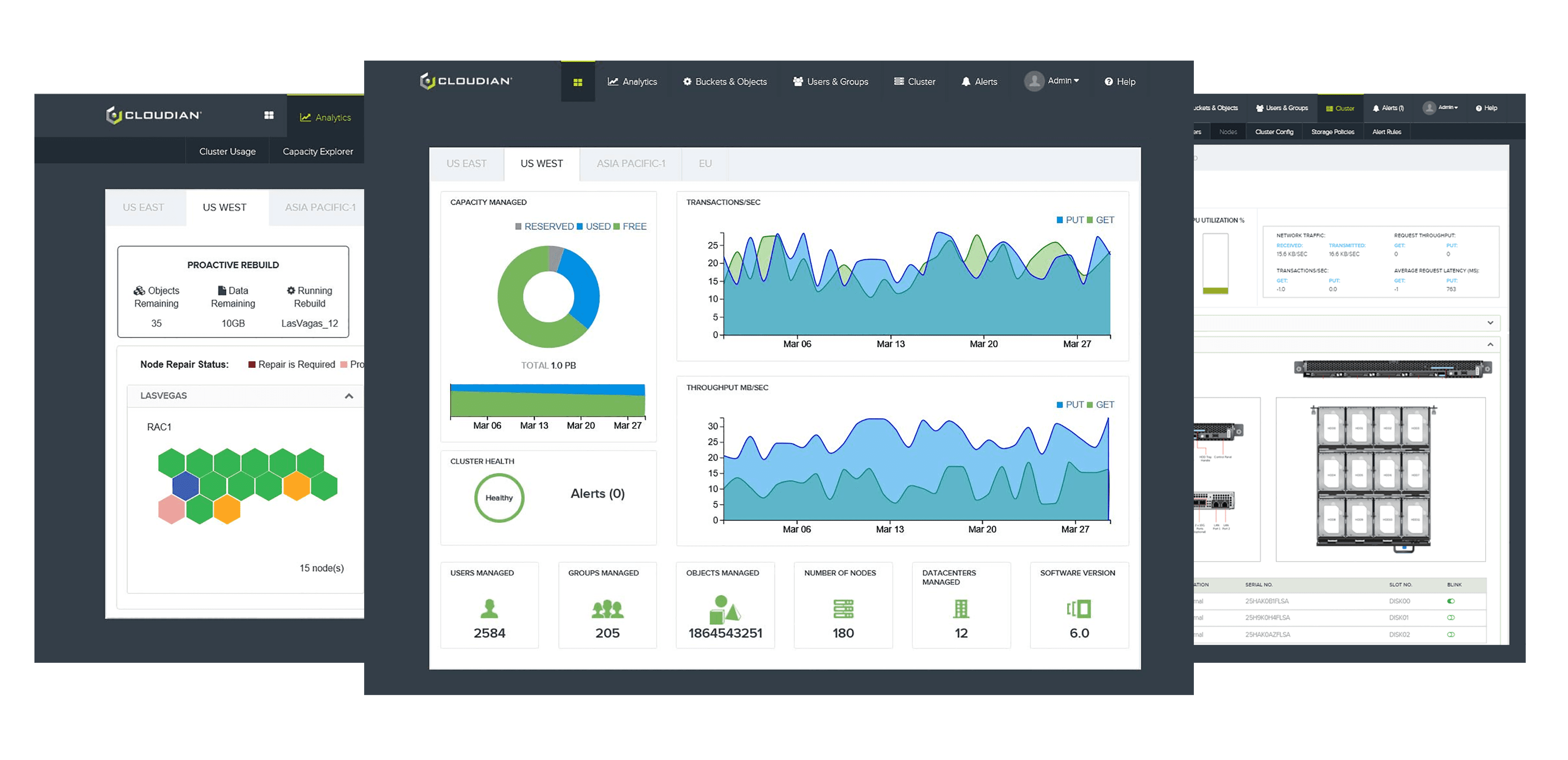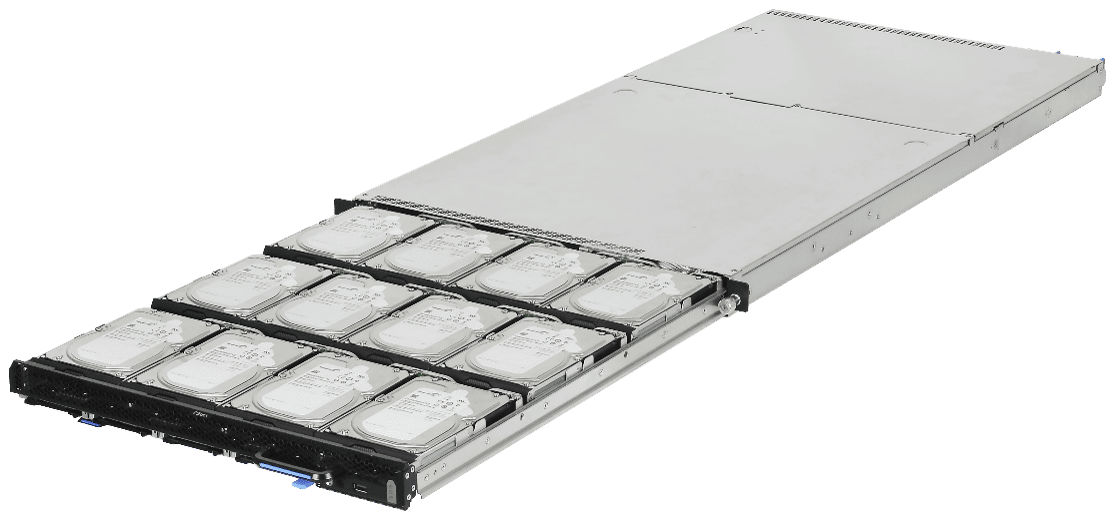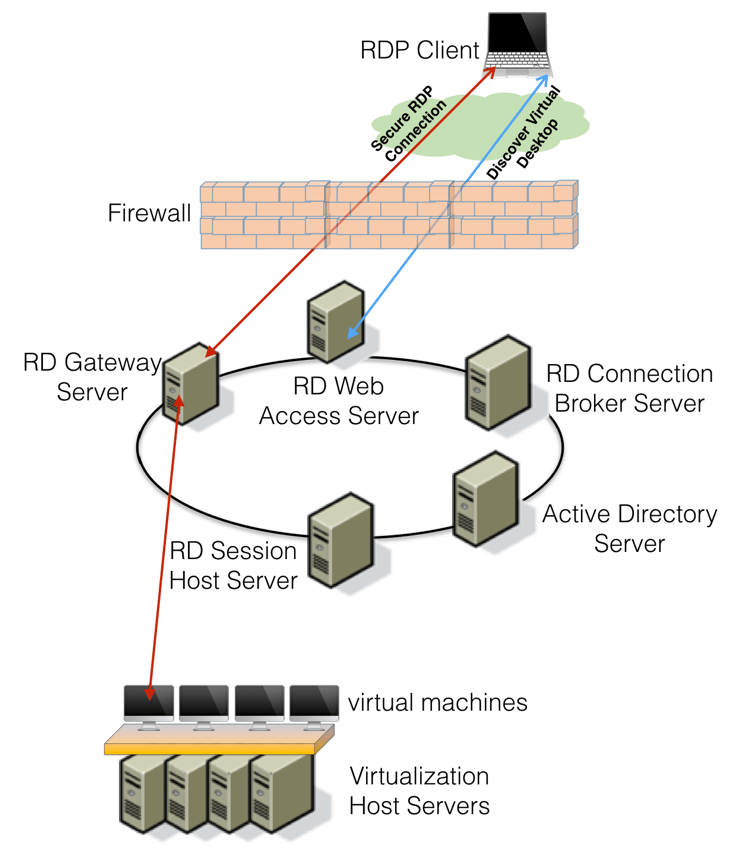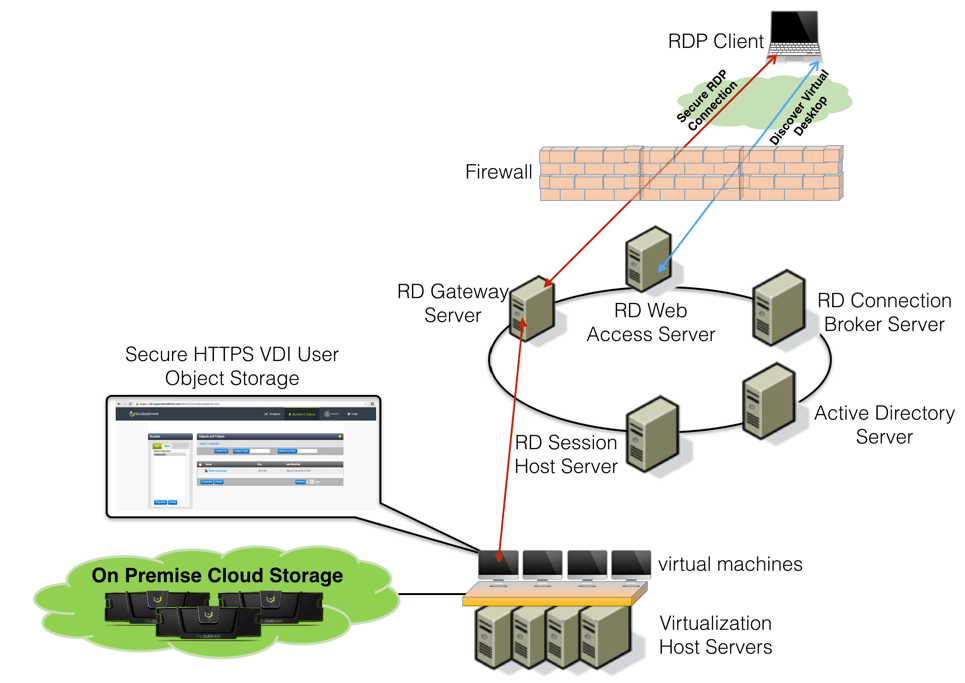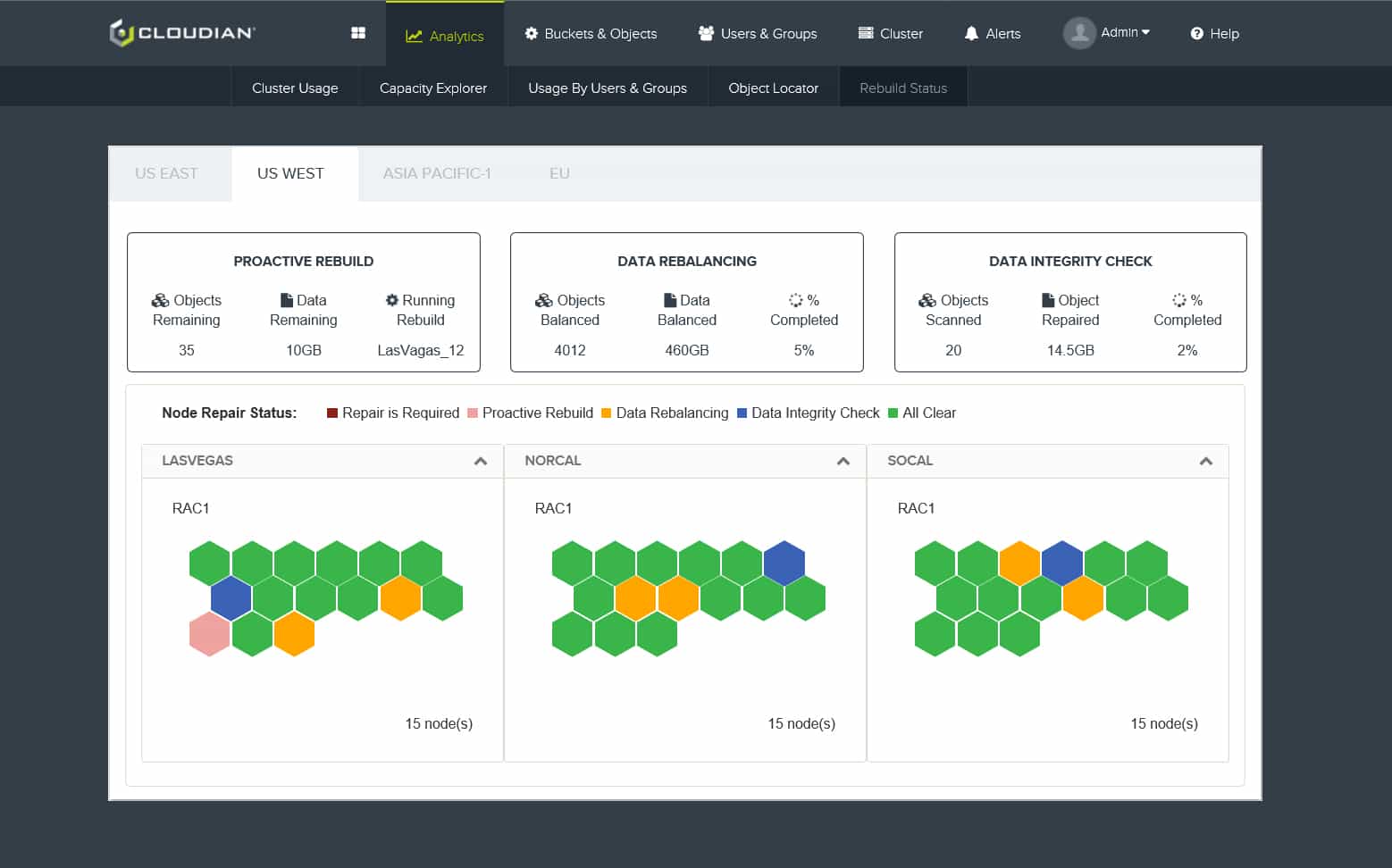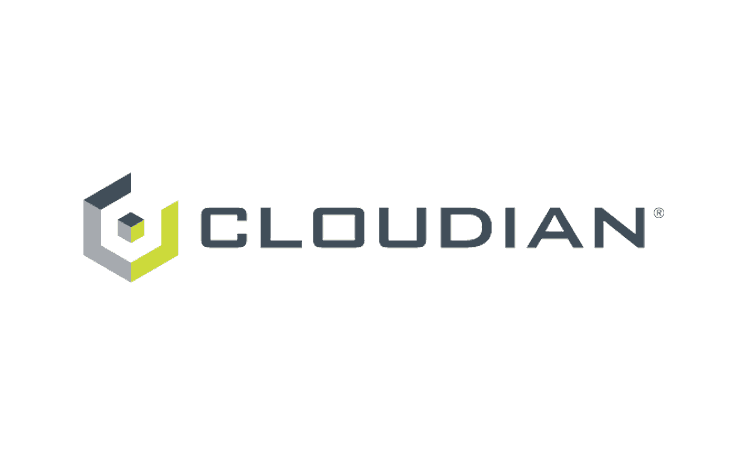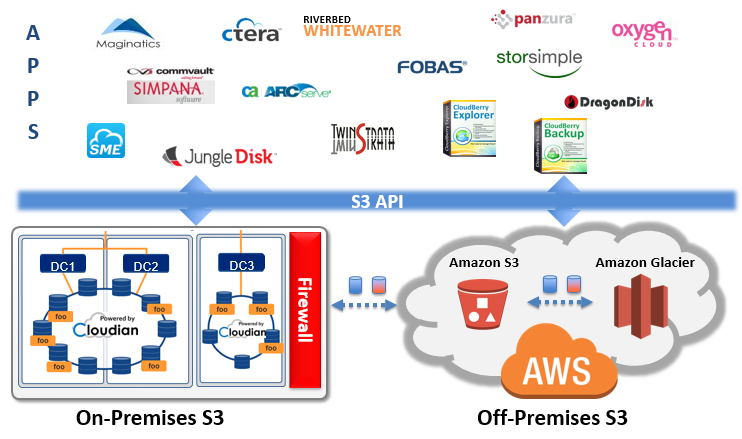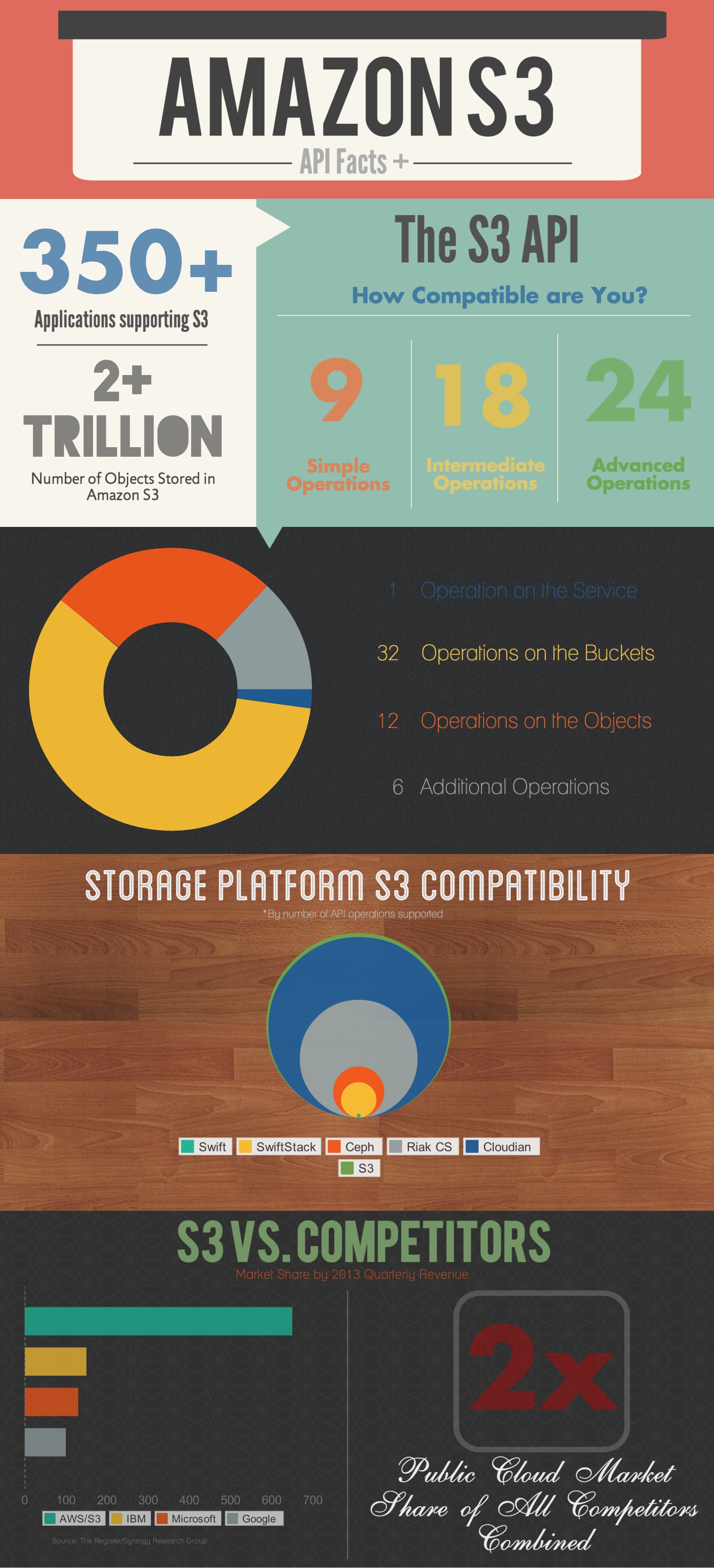As our lives become increasingly digital, we’ll generate more and more data. By current estimates, storage needs are doubling in size every two years. That means that by 2020, we will reach 44 zettabytes – or 44 trillion gigabytes – of data, with most of that growth as unstructured data for backups, archives, cloud storage, multimedia content, and file data. This growth in data is quickly outpacing IT budgets. It’s clear we need a new storage approach if we hope to keep up with this deluge of data.
Introducing a New Appliance by Lenovo and Cloudian
Lenovo, together with Cloudian, is attacking the $40B storage market with a new, innovative capacity storage appliance for low-cost, scalable storage which addresses 80% of customer’s data needs. We are proud to introduce the Lenovo DX8200C powered by Cloudian as the storage building block which can scale to this challenge and further drive datacenter efficiency and investment protection.
 The Lenovo DX8200C powered by Cloudian is an affordable and scalable object storage solution.
The Lenovo DX8200C powered by Cloudian is an affordable and scalable object storage solution.
Offered as part of Lenovo’s StorSelect software-defined storage program, this factory integrated appliance is built upon Lenovo’s industry-leading servers and features:
- S3: S3 is the de facto cloud storage standard as stated by Gartner. Cloudian is the only native S3-compatible mass capacity storage solution on the market, enabling customers and partners to take advantage of the $38B AWS ecosystem
- Affordability: Lower the total cost of ownership (TCO) to $0.1 per GB per month
- Scalability: The flexible design allows you to start small and scale up to 112 TB of storage capacity per node
- Security: Utilize always-on erasure coding and replication to ensure your data is protected
- Simplicity: Single SKU for full appliance and support
The Lenovo DX8200C powered by Cloudian delivers a fully-integrated and ready-to-deploy capacity storage system, reducing risks and variables in the datacenter. Global support is provided by Lenovo’s top-rated support team.
Additionally, what sets this appliance apart from others is the use of Cloudian’s HyperStore storage platform, bringing with it a full host of key features, including:
- Full S3 compatibility
- Unlimited scalability
- Hybrid: On premise with policy-based tiering to public or private cloud
- Multi-tenancy
- Class policy management
- Geographic independence
- Configurable data protection
- Instant snapshots of your system’s performance and health
In a news announcement today, David Lincoln, GM of the Data Center Group at Lenovo, stated that “the Cloudian HyperStore solution enables us to deliver leading innovative, software-defined storage capabilities to enterprises and service providers worldwide.”
Michael Tso, CEO and co-founder of Cloudian, reiterated this point by stating that “enterprises and value-added resellers (VARs) can maximize their business investment and revenue opportunities with this fully turnkey, channel-ready, 100 percent S3 object storage solution.”
With more and more industries requiring massive amounts of data to be stored, this partnership with Lenovo represents a vital next step – one where pre-loaded appliances make it easy for companies to both integrate with existing infrastructure and scale out for large deployments.
The Lenovo DX8200C powered by Cloudian will be available worldwide in the third quarter of 2016 but Lenovo and Cloudian are working closely together to address all customer needs in the meantime.



